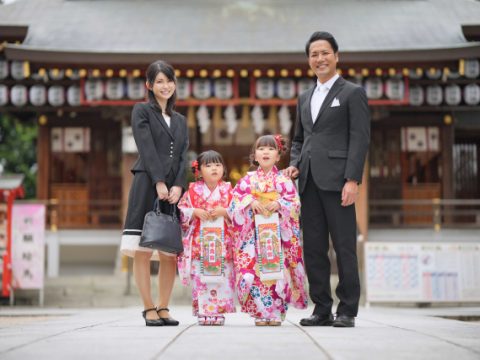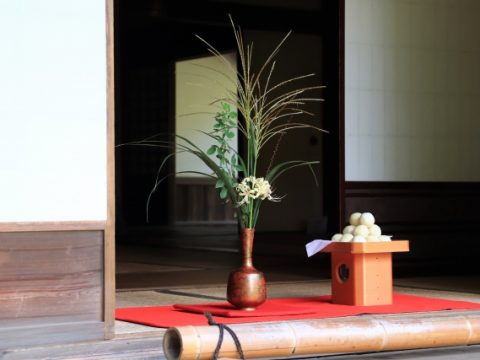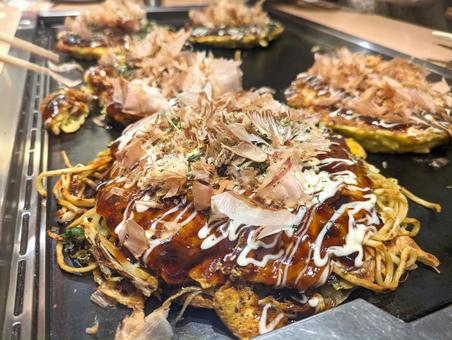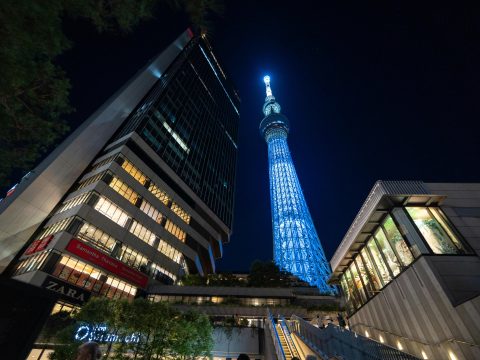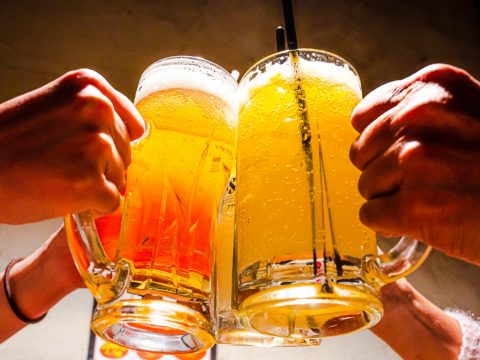Charaben (キャラ弁)
JAPANESE FOODS
03.11.2023
Last month, I talked about Bento, the popular Japanese lunch box filled with delicious and carefully arranged food. Today, I will talk about an exciting part of Bento culture called Charaben. If you recall our last article, you already know Bento basics. So, let’s dive into the world of Charaben.
What is Charaben?
Charaben, also known as Kyaraben, originated in Japan as a way for parents to entice their children to eat healthier meals. “Chara” is short for “Character,” and “ben” is short for “bento.” The concept is simple: create cute, edible characters or scenes in a bento box to make mealtime more appealing to kids. Over time, Charaben has evolved into a cultural phenomenon and has gained international attention.
How to create Charaben?
Charaben artists (Usually moms of young children) put their creativity to work in crafting intricate, visually stunning lunchboxes. To create these edible masterpieces, they often use various ingredients, including rice, vegetables, meat, and even seaweed, to construct characters, animals, and scenes from popular culture, such as manga, anime, and video games. Some of the common elements used in Charaben include:
- Rice as the canvas: White or colored rice is the base for creating various characters and scenes. The rice can be shaped, colored, and molded to form the desired shapes.
- Nori (seaweed): Nori is used to cut out intricate details, like eyes, mouths, and other facial features. It adds a unique touch to the creations.
- Food coloring: Food coloring adds vibrant colors to the rice and other ingredients, allowing artists to replicate the hues of their favorite characters.
- Various ingredients: Fruits, vegetables, sausages, and other food items are used to build the characters’ bodies, clothing, and accessories.
A huge influence from Japanese pop culture
A significant aspect of Charaben is its connection to Japanese pop culture. You’ll often find Charaben based on famous characters from anime and manga series, like Hello Kitty, Pokémon, and Gudetama. It’s not limited to just fictional characters; Charaben creators often create real-life animals, plants, and objects with exceptional skills.
Charaben as a Form of Art
Charaben is more than just a way to make lunch more appealing; it’s also a form of culinary art. These edible creations showcase the dedication, patience, and attention to detail artists pour into their work. It’s not uncommon to see Charaben competitions and exhibitions where creators display their unique lunchboxes to inspire others.
Is it only made for Children?
While Charaben was initially created for children, it has emerged into adult lunch box culture. Today, adults in Japan and around the world have embraced this Charaben art, using it as a creative way to express themselves and share their love for both food and pop culture. It’s not unusual to see adults preparing Charaben for themselves, their friends, and significant others.
Because Charaben has become such a popular lunchbox style, you can now find many useful tools to create Charaben. These tools will save you some time during busy mornings. If you are not in Japan, try to locate a Japanese grocery store or Daiso, a popular Japanese retail store known for its affordable prices and diverse range of products expanding worldwide. You’ll find reasonably priced tools to begin making Charaben of your own!
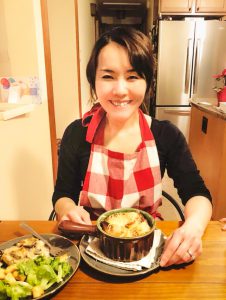
Eri Palmer
Eri grew up in Japan. She came to U.S. as an international student, and decided to stay in the country. Cooking is one of her passions, and she loves to cook Japanese food for her children.
Read previous articles by the writer
Read latest articles
KEYWORDS
- # PICKPICK
- # Resume
- # alcohol
- # Rice
- # Soup
- # winter food
- # Fast Food
- # seafood
- # spicy foods
- # raw food
- # fermented food
- # Transportation
- # MEAT
- # Edo culture
- # suits
- # clothing
- # drink
- # fish
- # seasoning
- # Japanese New Years Foods
- # Toshikoshi soba
- # Osechi Ryori
- # Ozoni
- # Christmas
- # Japanese fusion pasta
- # Wafu Pasta
- # Japanese Hot Pot
- # なべ
- # 鍋
- # Miyazaki
- # Chicken Nanban
- # Karamen
- # Autumn Wagashi
- # Mushi-yokan
- # Imo-yokan
- # Japanese Autumn Fruits
- # Autumn
- # Vending Machine
- # fall
- # dango
- # Chestnut rice
- # saury
- # Mushroom
- # Rice vinegar
- # Japanese condiments
- # 調味料
- # Sake
- # Mirin
- # Soy sauce
- # Japanese Noodles
- # Udon
- # Ramen
- # Yakisoba
- # Soba
- # Japanese Seaweed
- # 海藻
- # かいそう
- # Payslip
- # Training
- # Japanese summer foods
- # 和菓子
- # Wagashi
- # ryokucha
- # 夏
- # 飲み物
- # Ramune
- # ラムネ
- # Pokari Sweat
- # ポカリスエット
- # Calpis
- # カルピス
- # Mugicha
- # ume
- # 梅
- # うめ
- # umeshu
- # job hunting
- # tofu
- # Recruitment in Japan
- # miso
- # Japanese cuisine
- # Yellowtail and bonito
- # Children’s Day
- # Kashiwa Mochi
- # Chimaki
- # fruits
- # Kusamochi
- # Types of Agriculture in Japan
- # bread
- # パン
- # パン屋さん
- # japanese bread
- # shokupan
- # meal blead
- # anko bread
- # 桜
- # さくら
- # cherry blossom
- # visa
- # hanami
- # omotenashi
- # sakura
- # おもてなし
- # Japanese hospitality
- # oshibori
- # wet hand towel
- # hand towel
- # restaurant
- # Commuting in Japan
- # Women-only cars
- # Exit gate
- # japanese train
- # train
- # valentine
- # Japanese sweets
- # 朝食
- # Japanese Breakfast
- # Breakfast
- # Japanese
- # 日本
- # healthy
- # persimmons
- # hoshigaki
- # HR
- # work in Japan
- # jinji ido
- # corporate systems
- # Japanese work culture
- # bento
- # ekiben
- # shinkansen
- # omiyage
- # train station
- # Japanese culture
- # work culture
- # mentaiko
- # umeboshi
- # Japanese snacks
- # potato chips
- # Japanese potato chips
- # Japanese writing
- # seaweed
- # konbu
- # ocean foods
- # shio konbu
- # dashi
- # miso soup
- # food processing
- # pear
- # nashi
- # sweet potato
- # japanese sweet potato
- # stingray
- # satsuma imo
- # food value chain
- # homecooking
- # agriculture
- # Japanese homecooking
- # farming
- # nikujaga
- # shojin ryori
- # meat and potatoes
- # traditional foods
- # comfort food
- # buddhist food
- # manufacturing
- # factory
- # eihire
- # vegetarian
- # food and beverage
- # izakaya
- # yatai
- # japanese festival
- # taiyaki
- # matsuri
- # summer
- # Ikayaki
- # smart agriculture
- # shaved ice
- # kakigori
- # かき氷
- # summer dessert
- # Japan
- # Japanese foods
- # dessert
- # fruit
- # matcha
- # icecream
- # Pikcup
- # Pikc up
- # Pcikup
- # skilled labor visa
- # working visa japan
- # Dineer Table in Japan
- # Japanese manner
- # Japanese food
- # Japanese Table Manner
- # Chopsticks
- # Japanese traffic signs
- # traffic information
- # road rules in Japan
- # chocolate
- # green tea
- # Osaka
- # Work Japan
- # Japanese company
- # ikura
- # sushi
- # nigiri
- # wasabi
- # PCIK
- # PICK UP
- # PICK
- # PICKUP


